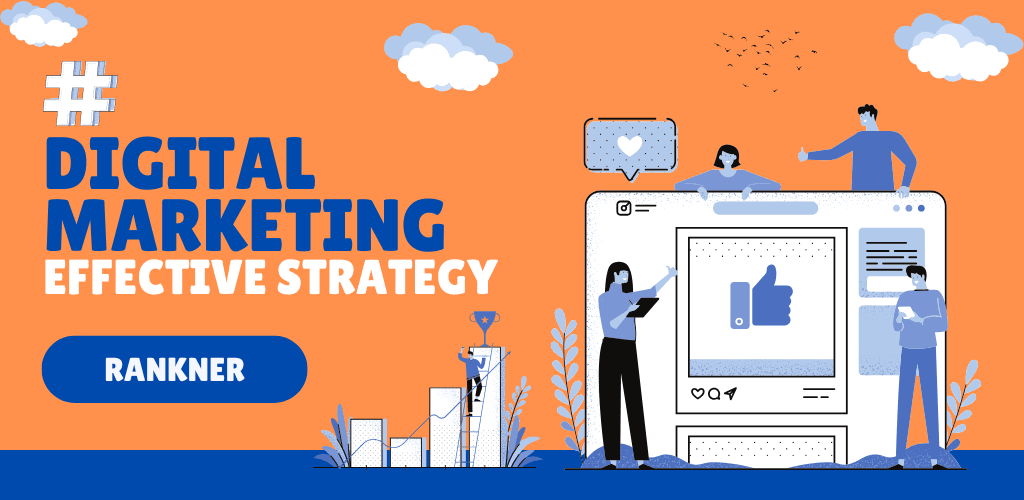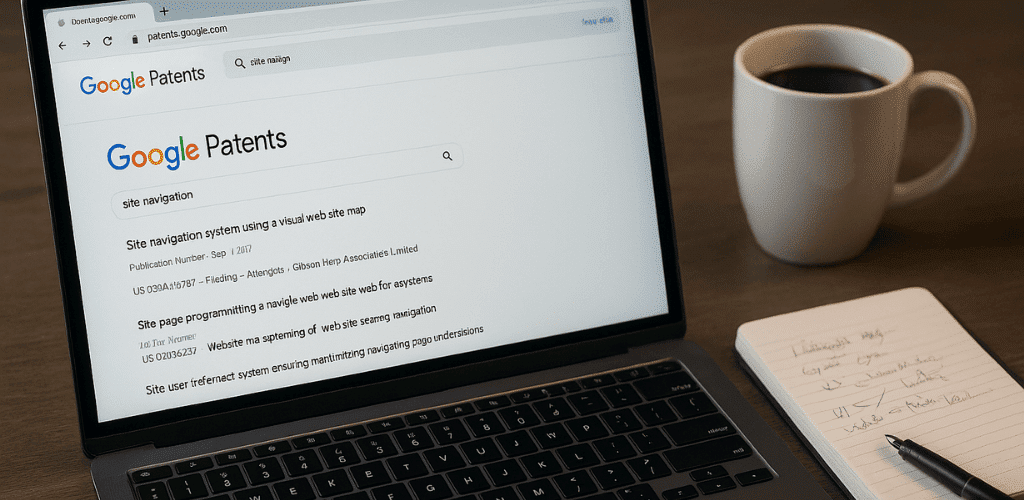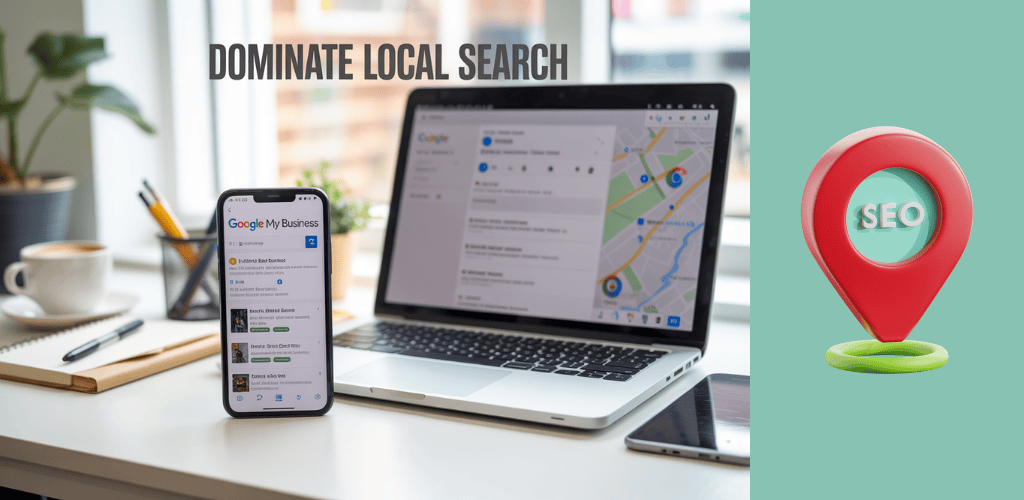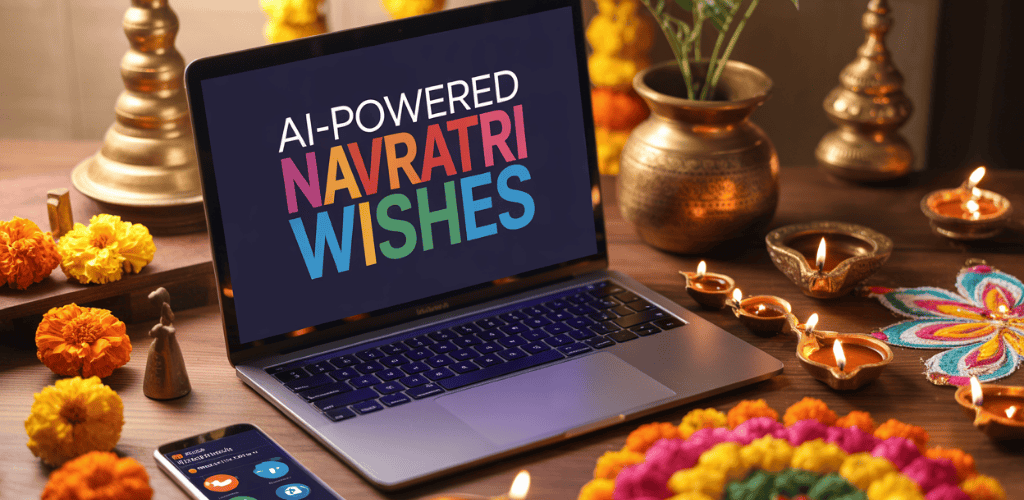Table of Contents
1. Introduction to Digital Marketing
1.1. Definition and importance
Digital marketing is all about connecting with people online to promote products or services. It’s become super important because that’s where most of us spend our time these days – scrolling through social media, checking emails, or searching for stuff on Google. For businesses, it’s a great way to reach more people and build relationships with customers.
1.2. Evolution of digital marketing
Remember when we used to get ads in our mailbox? Well, digital marketing has come a long way since then! It started with simple banner ads and emails, but now we have all sorts of cool ways to reach people online. From social media posts to interactive videos, it’s always changing and growing.
1.3. Key components of a digital marketing strategy
A good digital marketing plan is like a puzzle – you need all the pieces to fit together. Some key parts include:
- Having a user-friendly website
- Creating helpful content
- Using social media to connect with people
- Optimizing for search engines so people can find you
- Using email to keep in touch with customers
- Running online ads to reach new audiences
2. Content Marketing
2.1. Creating valuable and relevant content
Content marketing is all about making stuff that people actually want to read, watch, or listen to. It’s not just about selling – it’s about helping people or entertaining them. Think about what your audience cares about and create content that addresses their interests or solves their problems.
2.2. Content formats and distribution channels
There are so many ways to share your content these days! You could write blog posts, make videos, create infographics, or even start a podcast. Once you’ve made your content, you can share it on your website, social media, email newsletters, or even through partnerships with other websites.
2.3. Measuring content marketing success
It’s important to know if your content is actually working. You can look at things like how many people are visiting your website, how long they’re staying, and whether they’re taking actions like signing up for your newsletter or buying your products. Don’t be afraid to try new things and see what works best for your audience.
3. Search Engine Optimization (SEO)
3.1. On-page SEO techniques
On-page SEO is all about making your website easy for search engines to understand. This includes using relevant keywords in your content, writing clear and descriptive titles for your pages, and making sure your website loads quickly. It’s like helping Google understand what your website is all about.
3.2. Off-page SEO strategies
Off-page SEO is about building your website’s reputation across the internet. This often involves getting other reputable websites to link back to yours. You can do this by creating great content that people want to share, participating in online communities, or reaching out to other website owners for collaborations.
3.3. Local SEO for businesses
If you have a physical store or serve a specific area, local SEO is super important. This includes things like claiming your Google My Business listing, getting listed in local directories, and encouraging customers to leave reviews. It helps people in your area find you when they’re looking for local businesses.
4. Social Media Marketing
4.1. Choosing the right platforms
Not all social media platforms are created equal! Think about where your target audience hangs out online. If you’re targeting younger people, you might want to focus on platforms like TikTok or Instagram. For professional audiences, LinkedIn might be a better choice. It’s better to do a great job on a few platforms than to spread yourself too thin.
4.2. Developing a social media content strategy
Your social media strategy should align with your overall marketing goals. Plan out what kind of content you’ll share, how often you’ll post, and what tone of voice you’ll use. Mix it up with different types of posts – maybe some behind-the-scenes peeks, helpful tips, or fun facts related to your industry.
4.3. Engaging with your audience effectively
Social media is a two-way street. Don’t just broadcast your message – take time to respond to comments, ask questions, and really connect with your followers. Show the human side of your brand and build relationships with your audience.
5. Email Marketing
5.1. Building and segmenting email lists
Email marketing starts with building a list of people who are interested in hearing from you. Offer something valuable in exchange for their email address, like a helpful guide or a discount code. Once you have a list, break it down into smaller groups based on things like their interests or past purchases. This helps you send more targeted, relevant emails.
5.2. Crafting compelling email campaigns
When you’re writing emails, think about what would make you want to open and read an email. Use clear, attention-grabbing subject lines. Keep your content friendly and helpful. Include a clear call-to-action so people know what you want them to do next.
5.3. Analyzing email marketing metrics
Keep an eye on how your emails are performing. Look at things like open rates (how many people are opening your emails), click-through rates (how many people are clicking on links in your emails), and conversion rates (how many people are taking the action you want them to take). Use this information to keep improving your email campaigns.
6. Pay-Per-Click (PPC) Advertising
6.1. Setting up and managing PPC campaigns
PPC ads are a way to get your message in front of people who are searching for topics related to your business. You only pay when someone clicks on your ad. To get started, you’ll need to choose keywords, write compelling ad copy, and set a budget. It can take some trial and error to get it right, so don’t be afraid to experiment.
6.2. Keyword research and ad copywriting
Choosing the right keywords is crucial for PPC success. Think about what terms people might use when looking for your products or services. Then, write ad copy that speaks directly to those search terms and highlights what makes your offering unique.
6.3. Optimizing landing pages for conversions
When someone clicks on your ad, where do they go? Make sure your landing page (the page they arrive on) matches what your ad promised. Keep it simple and focused on the action you want people to take, whether that’s making a purchase, signing up for a newsletter, or requesting more information.
7. Influencer Marketing
7.1. Identifying and partnering with influencers
Influencer marketing is all about partnering with people who have a following in your industry or niche. Look for influencers whose audience matches your target market. It’s not always about finding the person with the most followers – sometimes, influencers with smaller, more engaged audiences can be more effective.
7.2. Developing influencer marketing campaigns
When working with influencers, give them some creative freedom. They know their audience best. Provide them with key information about your product or service, but let them present it in a way that feels authentic to their usual content. This could be through product reviews, tutorials, or just showcasing your product in their daily life.
7.3. Measuring influencer marketing ROI
Measuring the success of influencer campaigns can be tricky, but it’s important. Look at metrics like engagement rates on the influencer’s posts, traffic to your website from their links, and any increase in sales or sign-ups that coincide with the campaign. Don’t forget to also consider less tangible benefits like increased brand awareness.
8. Summary
8.1. Key takeaways
Digital marketing is a big field with lots of different strategies. The key is to find the right mix for your business and your audience. Remember to:
- Focus on creating value for your audience
- Be consistent in your efforts
- Keep learning and adapting as things change
8.2. Integrating different strategies
The most effective digital marketing approaches often combine multiple strategies. For example, your content marketing can feed into your SEO efforts, while your social media can support your influencer partnerships. Look for ways to make your different marketing efforts work together.
8.3. Future trends in digital marketing
Digital marketing is always evolving. Keep an eye on emerging trends like voice search optimization, artificial intelligence in marketing, and the growing importance of video content. Stay curious and be willing to try new things!
9. Frequently Asked Questions (FAQs)
9.1. How long does it take to see results from digital marketing?
It really depends on the strategies you’re using and your specific goals. Some things, like PPC advertising, can show quick results. Others, like SEO, often take longer to pay off but can have more lasting effects. In general, give your efforts at least a few months before you expect to see significant results.
9.2. What budget should I allocate for digital marketing?
There’s no one-size-fits-all answer to this. It depends on factors like your industry, your goals, and the size of your business. Many small businesses start with a modest budget and increase it as they see results. The important thing is to track your return on investment and adjust your budget based on what’s working.
9.3. How often should I update my digital marketing strategy?
It’s a good idea to review your strategy regularly – maybe every quarter or at least twice a year. That doesn’t mean you need to change everything each time, but it’s important to stay flexible and responsive to changes in your industry, your audience’s behavior, or new digital marketing trends.








[…] brand awareness, Google Display Advertising offers a powerful solution that can transform your digital marketing strategy.In this comprehensive guide, we’ll dive deep into the world of Google Display Advertising. […]